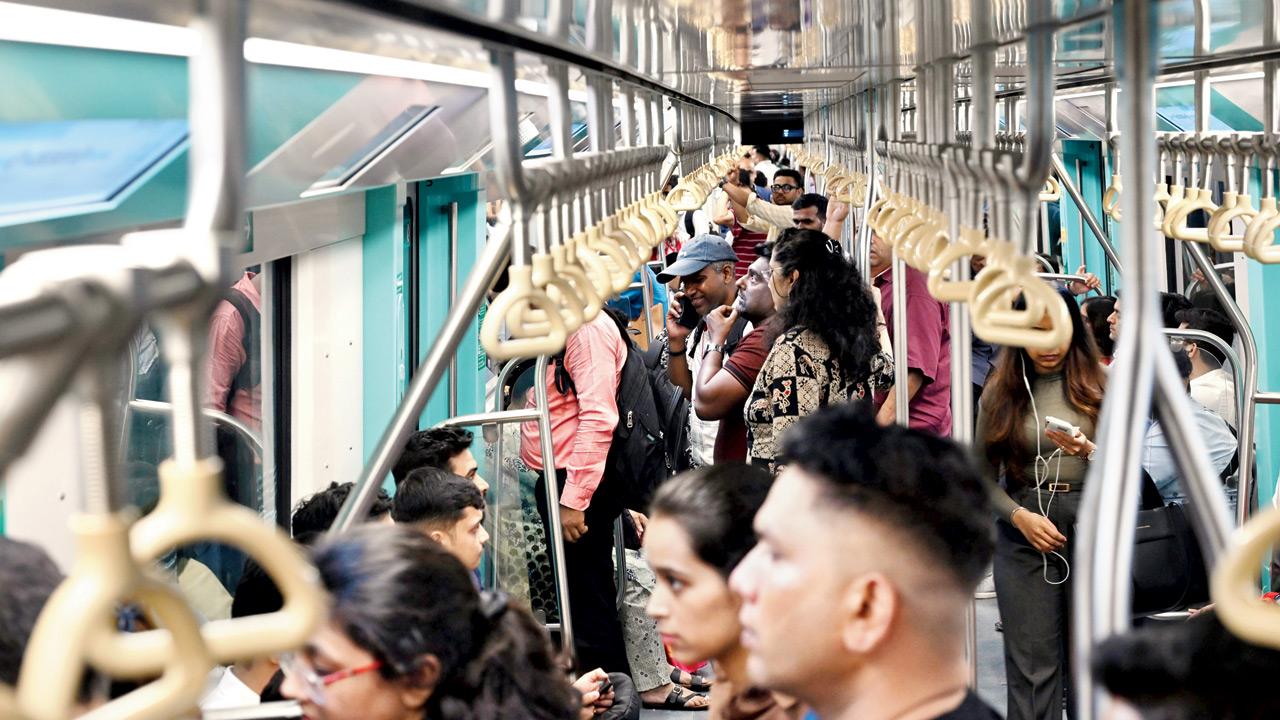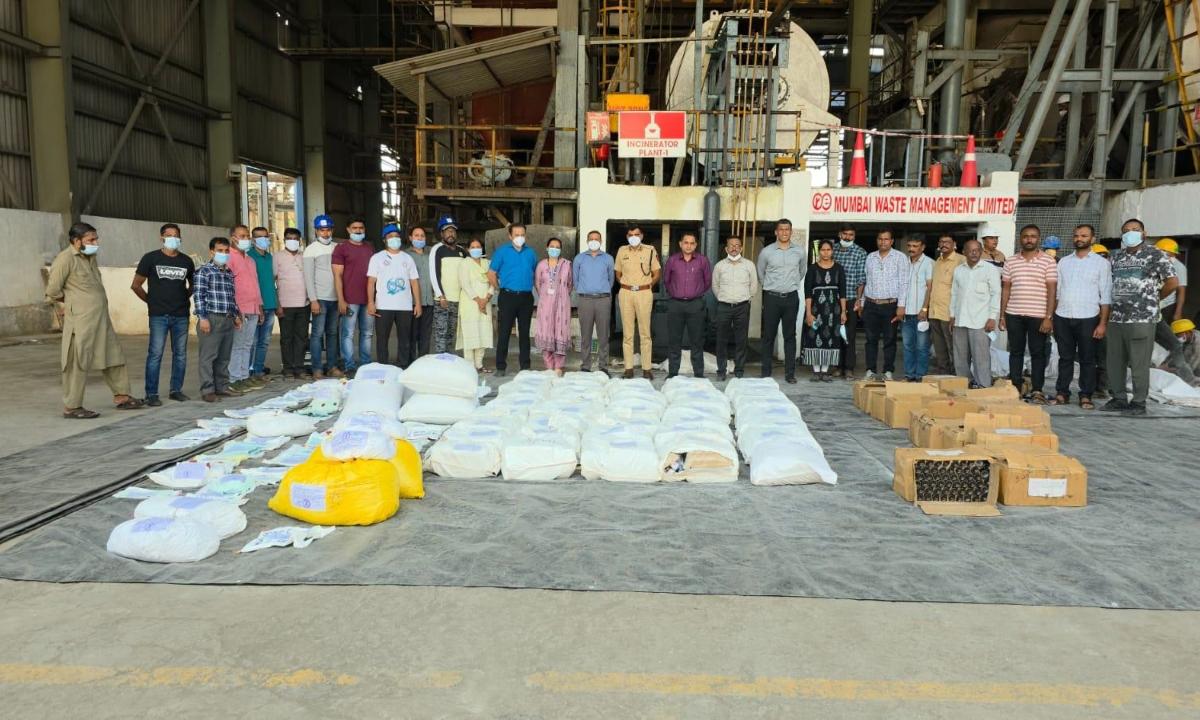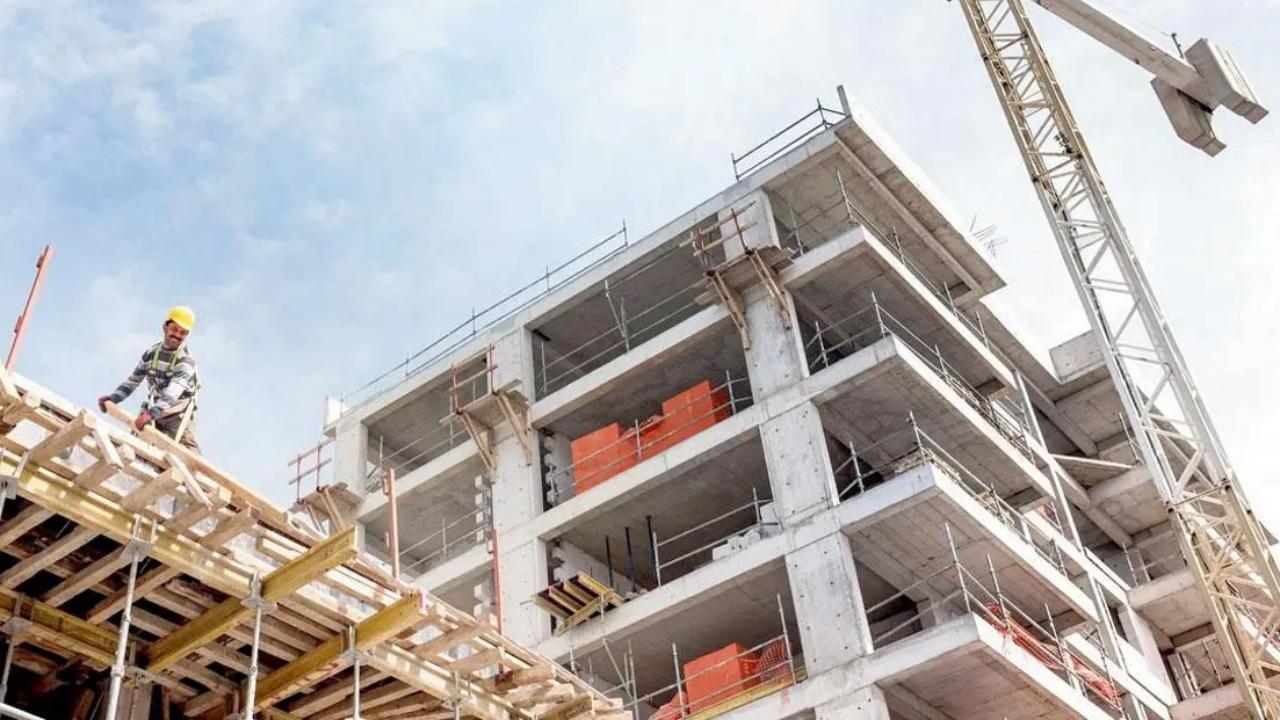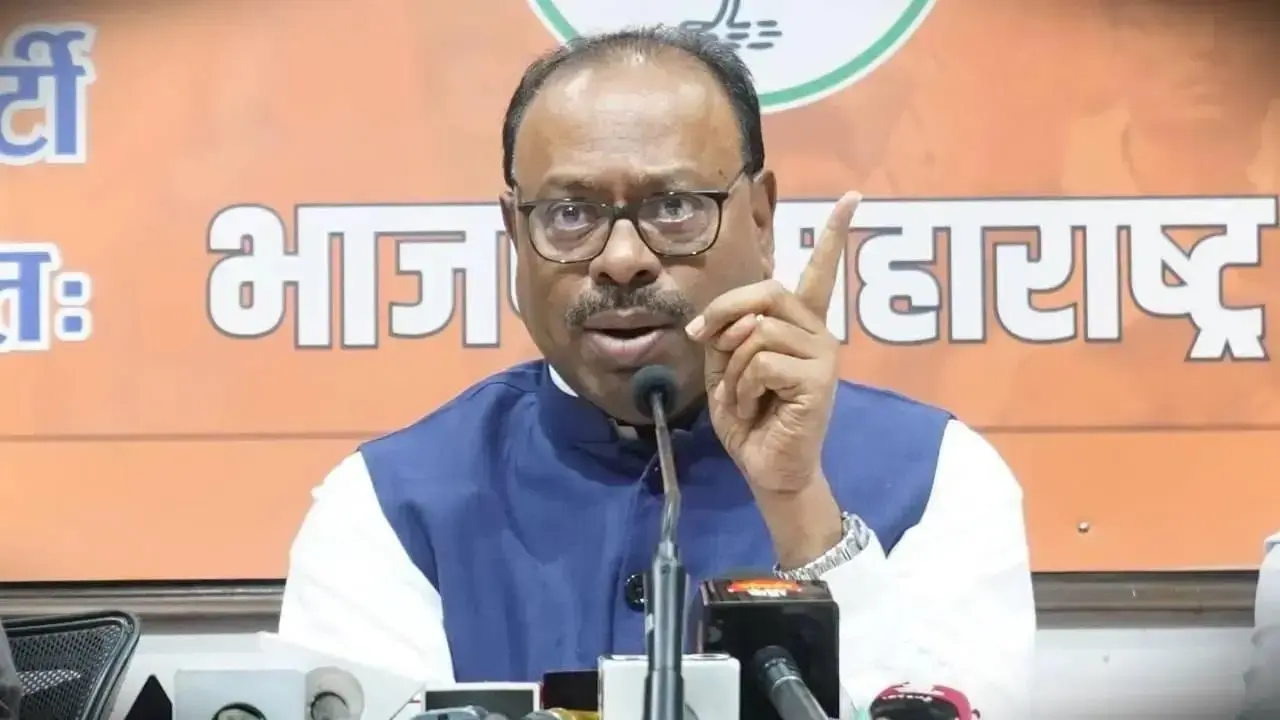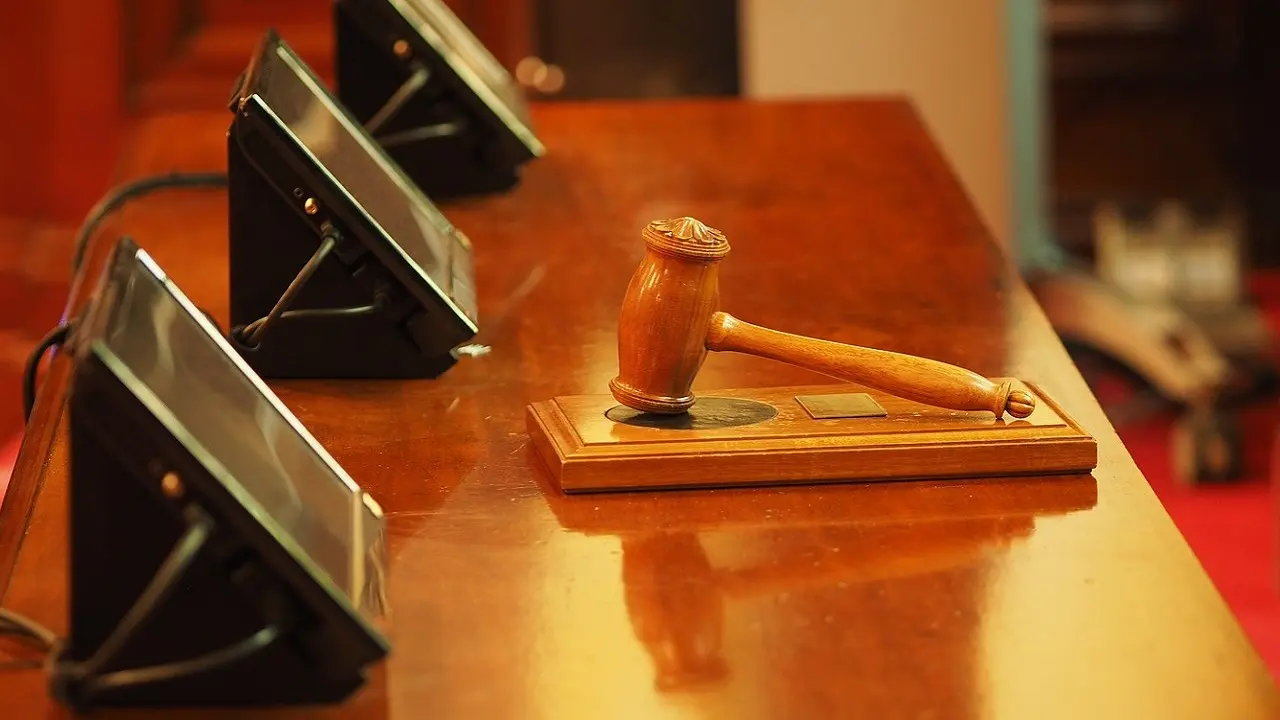A 1924 report stumbled upon by a civic official reveals that the dream of an underground railway network in Mumbai predates Independence, and the means to realise it was proposed by none other than Sir Mokshagundam Visvesvaraya, whose vision involved setting up a 12-km circular electric line connecting the island city’s busiest railway stations and commercial hubs. Regarded as one of the foremost civil engineers, Sir Visvesvaraya’s birthday, September 15, is celebrated as Engineer’s Day in India, Sri Lanka, and Tanzania.
An extract mentioning the circular line proposed in 1924
A few years after India awoke to freedom, PG Patankar, the general manager of the Bombay Electric Supply and Transport (BEST) made a plan for a 31.9-km underground Metro with the help of the Japanese. This transit system included a network of five interconnected underground lines with a circular route through South Mumbai’s Fort area. However, the plans of both Sir Visvesvaraya and Patankar never saw the light of day — largely due to financial constraints, lack of institutional support, and political hesitation.
Century-old plan
Sanjay Adhav, an executive engineer attached to the heritage conservation department of the Brihanmumbai Municipal Corporation (BMC), said he came across this startling find buried in the 1924 report titled ‘Municipal Retrenchment and Reform’ prepared by Sir Visvesvaraya.
Commuters enjoy a ride on the recently opened Mumbai Metro Aqua Line 3. Pic/Satej Shinde
The cost of the proposed underground line was staggering for its time — R33 lakh per mile — and the project was shelved as “unlikely to materialise for some years to come”. Yet, the foresight is remarkable. The report compares Bombay’s congested rail and road corridors to London, New York, Berlin, and Tokyo, noting how those cities had already taken their tracks underground or elevated to beat traffic snarls.
“I found this treasure in 2023 when I was researching old files for a civic project at the Worli Engineering Hub. I dug out data to find out if he was involved in any work with the civic body. It all revealed that he had worked as a retrenchment committee member and was asked to prepare proposals for the reduction of expenditure and for reforms needed to secure greater efficiency and economy in the municipal administration after World War I, when he had made the proposal. And as the new Aqua Line opens, it is exactly a century now. What coincidence,” an excited Adhav said.
Sir Mokshagundam Visvesvaraya, civil engineering visionary
The vision was clear: a rapid transit system beneath the crowded bazaar streets, linking Churchgate, Victoria Terminus (now Chhatrapati Shivaji Maharaj Terminus), the docks, and Fort’s business houses. The problem was money, and perhaps a lack of political will. The Great Depression and then the war years buried the idea deeper than any tunnel. The century-old report also expressed worries about overcrowding, housing, and suburban growth, stressing that only cheap and rapid transit could save Bombay from choking. It was a vision modelled on London’s Tubes and Berlin’s U-Bahn.
A drawing of the Mumbai Metro system prepared and pushed by BEST General Manager PG Patankar in the late 1950s. Pic/Best Museum
But with municipal debts mounting and Rs 33 lakh per mile deemed astronomical, the scheme was quietly set aside. The idea was shelved. Bombay carried on with trams, then double-decker buses, then suburban trains groaning under impossible loads. Wars came and went, plans were drawn and abandoned, and the city grew northward without ever digging beneath its crowded streets. The idea, however, did not die. It slept in archives.
Tees saal baad
In 1957, a detailed proposal for a Mumbai Metro system was prepared and pushed by Patankar. This one suggested a 22-km underground corridor linking Colaba, Fort, Marine Lines, and the northern stretches. Engineers studied traffic growth, housing pressure, and suburban congestion, concluding that without an underground railway, Bombay’s future would choke and made a “Metro blueprint”.
Patankar’s plan was bold: he proposed a network of five interconnected underground Metro lines for the island city, totalling about 31.9 km. His design included a circular route through South Bombay’s Fort area, starting and ending at Victoria Terminus. Radial lines connecting VT to Byculla, and from Byculla to Sion East, and from Byculla to Mahim West. With provisions to extend the network outward later, as suburban expansion proceeded.
The 1924 report mentioning an underground railway line in the city, which was discovered in 2023
In his preface, Patankar argued that by 1963, Bombay (then limited to the island and immediate suburbs) had a population of about 4.2 million and was already experiencing serious vehicle congestion. He noted that vehicle numbers had soared from approximately 13,400 in 1955 to over 93,400 by 1962. He insisted that rapid underground transit was “unavoidable” if the city were to cope. He also addressed technical challenges: tunnel ventilation, structural underpinning of buildings, signalling, the dimensions of rolling stock, and how to maintain surface stability in areas above the tunnels.
Ashwini Bhide, managing director, MMRCL
Patankar even framed an additional rationale: in times of war or air raids, an underground network would afford better protection to citizens than surface transport. For cost comparisons, he estimated the project in the 1960s would cost about Rs 17.50 lakh per km — much lower than what had been assumed in overseas projects then. Yet despite the technical maturity and the seriousness of his proposal, Patankar’s scheme was not adopted. But India of the 1950-60s was resource scarce, and still battling basic developmental challenges and the project was deemed too expensive. Patankar continued his career with the BEST and beyond.
The futurist
“Patankar was not merely an administrator; he was a futurist who read Bombay’s pulse decades ahead of his peers. At a time when the city’s traffic was only beginning to get worse, he imagined a modern underground Metro linking Fort, Byculla, Sion, and Mahim — a network bold enough to rival the world’s great transit systems. He visited Japan and studied its network. His 1957 blueprint was not just about trains; it was about preserving Bombay’s vitality against congestion and chaos. A visionary model of his plan is at the BEST Anik Museum,” said Yatin Pimpale, curator of the BEST Museum.
Modern reality
Today, with the Aqua Line 3 — a fully underground 33.5-km corridor — the city finally has something resembling the ideas those earlier visionaries had only sketched. “Being part of the realisation of the dream of the underground railway in Mumbai, envisaged by none other than Sir Visvesvaraya in 1924 and then by Dr PG Patankar in 1958, is a great privilege and fortune for me and my team in the MMRCL [Mumbai Metro Rail Corporation].
We lived this dream for the past 10 years and did not leave a single stone unturned to make it a reality for Mumbaikars. I cherish each and every moment of this journey full of hope and aspirations, hard work and passion. There were high points and low points, but ultimately, with the support of Mumbai citizens, we could make it possible,” Ashwini Bhide, the managing director of MMRCL, who spearheaded the complex underground Metro project, told mid-day.







